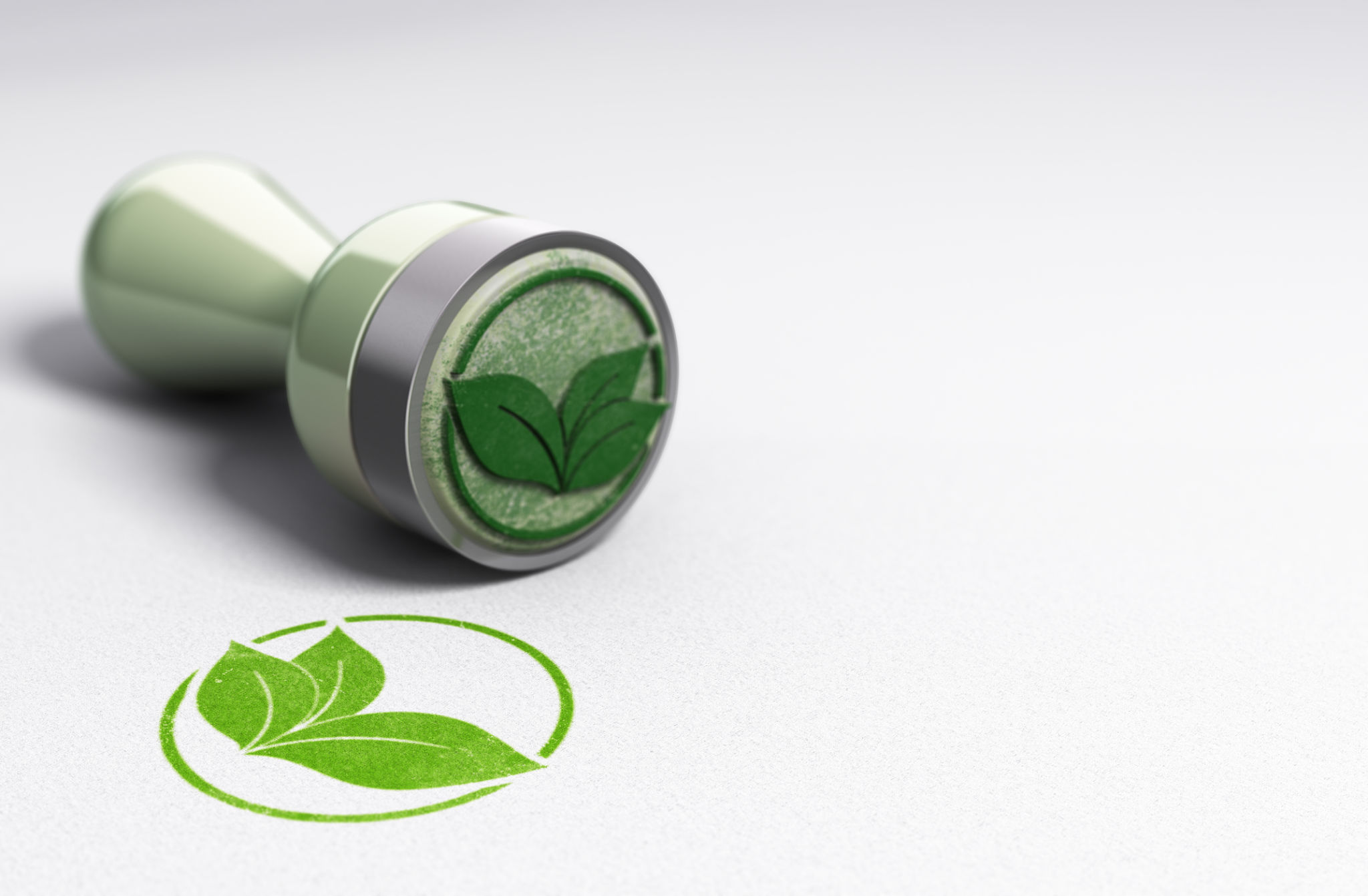Expert Insights: Choosing the Right Materials for Eco-Friendly Renovations
Understanding Eco-Friendly Materials
In recent years, the demand for eco-friendly renovations has grown significantly. Homeowners are increasingly focused on sustainability, aiming to reduce their carbon footprint without compromising on style or comfort. One of the most crucial aspects of this process is selecting the right materials. Understanding what makes a material eco-friendly is the first step toward a successful renovation.
Eco-friendly materials are typically derived from renewable resources, have low environmental impact during their lifecycle, and are non-toxic. They should also be durable enough to reduce the need for frequent replacements. When selecting these materials, it's important to consider both their environmental benefits and their suitability for your specific renovation needs.

Key Eco-Friendly Material Options
When considering materials for an eco-friendly renovation, there are several excellent options available. Here are some popular choices:
- Bamboo: Known for its rapid growth and renewability, bamboo is a versatile material used in flooring, cabinetry, and more.
- Cork: Harvested from the bark of cork oak trees, this material is not only renewable but also provides excellent insulation.
- Recycled Metal: Often used in roofing and structural components, recycled metal reduces the need for new raw materials.
Each of these materials offers unique benefits and can contribute to a greener home. Choosing the right one depends on your specific renovation goals and aesthetic preferences.
The Role of Certifications
Certifications play a vital role in identifying truly eco-friendly materials. Labels such as LEED (Leadership in Energy and Environmental Design) and FSC (Forest Stewardship Council) provide assurance that products meet stringent environmental standards. When selecting materials, look for these certifications to ensure you are making responsible choices.

Factors to Consider
When choosing eco-friendly materials, several factors should be considered beyond environmental impact. Cost is a significant consideration; while some sustainable options may have a higher upfront price, they can offer savings in the long run through durability and energy efficiency.
Additionally, availability can affect your choices. Some sustainable materials may not be readily available in all areas, which could increase costs due to shipping or lead times. It's important to research local suppliers and weigh these logistical considerations before making decisions.
Balancing Aesthetics and Sustainability
While sustainability is key, aesthetics should not be overlooked. Today's eco-friendly materials come in a wide range of styles and finishes, allowing you to maintain or even enhance the visual appeal of your home. From sleek, modern designs to rustic, natural looks, there's something for every taste.

When planning your renovation, consider how each material will fit within your overall design scheme. This balance between aesthetics and sustainability ensures that your home remains both beautiful and responsible.
Consulting with Experts
Finally, consulting with experts can provide invaluable guidance when selecting materials for your eco-friendly renovation. Architects, designers, and contractors with experience in sustainable projects can offer insights into the latest trends and technologies, helping you make informed decisions.
These professionals can also assist with navigating any challenges that may arise during the renovation process, ensuring that your project stays on track and aligns with your environmental goals.
By taking the time to research and choose the right materials, you can create a home that is not only beautiful and functional but also environmentally responsible. Embrace the opportunity to contribute to a more sustainable future through thoughtful renovation choices.